Mercado Tongin (통인시장)
12.2Km 2025-08-08
Jahamun-ro 15-gil 18, Jongno-gu, Seúl.
Myeongpum Songi Jokbal (명품송이족발)
12.3Km 2021-03-29
11, Sadang-ro 17-gil, Dongjak-gu, Seoul
+82-2-535-0712
A place that serves Jokbal (pigs’ feet) using Korean meat. This Korean dishes restaurant is located in Dongjak-gu, Seoul. The representative menu is braised pigs' feet.
Of one book and stay / 일독일박
12.3Km 2025-08-11
11-1, Pirundae-ro 3-gil, Jongno-gu, Seoul
This hanok (traditional Korean house) is located in Seochon Village near Gyeongbokgung Palace. It is a modern C-shaped hanok centered around the inner courtyard, which is the first thing that the guests see after entering through the gate. While it is not expansive, white pebbles and a foot bath make this hanok a unique one. One can enjoy a foot bath while sitting on the porch.
The bedroom, which is located beyond the living room, is furnished with a queen-sized bed. Opening the screen doors brings one to the view of the kitchen area beyond the inner courtyard. A large table, plush sofa, and a small bookcase make the space ideal for books and discussions. Climbing the wooden ladder to the side of the kitchen brings one to the attic, which also doubles as a Korean-style room with a skylight. The kitchen is furnished with a refrigerator, microwave oven, gas stove, electric kettle, toaster, pots, utensils, wine glasses, and bottled water. There is a restroom with a bathtub. The standard occupancy of the house is 4 people.
Antiguo Consulado de Bélgica (Museo de Arte Nam Seoul [SeMA]) (서울 구 벨기에영사관(현, 서울시립미술관 남서울생활미술관))
12.3Km 2023-10-17
Nambusunhwan-ro 2076, Gwanak-gu, Seúl.
El Museo de Arte de Seúl Nam Seoul [SeMA] es una sede abierta en el antiguo edificio del Consulado de Bélgica, el 2 de septiembre de 2004. Este lugar, designado Sitio Histórico, fue construido en 1905 y restaurado en 1983. Las emblemáticas columnas clásicas y las chimeneas se han mantenido intactas, permitiéndole al museo servir como herramienta para el estudio de la arquitectura clásica de principios del siglo XX y del arte moderno. El edificio, con 1.569 metros cuadrados, tiene salas de seminarios y de exposciones, así como oficina. Afuera hay un parque de esculturas.
Residencia Sangchonjae (상촌재)
12.3Km 2023-08-17
Jahamun-ro 17-gil 12-11, Jongno-gu, Seúl
Unyong Ddukbaegi Spagetti (우뇽뚝배기스파게티)
12.4Km 2021-03-29
10, Seodal-ro 10-gil, Dongjak-gu, Seoul
+82-2-816-6338
Ddukbaegi cream pasta is popular. The best menu at this restaurant is pasta. This Western dishes restaurant is located in Dongjak-gu, Seoul.
Nuwa [Korea Quality] / 누와 [한국관광 품질인증/Korea Quality]
12.4Km 2021-03-29
3-1, Pirundae-ro 5na-gil, Jongno-gu, Seoul
This hanok (traditional Korean house) is located deep in the Seochon Village, west of Seoul’s Gyeongbokgung Palace. Its tasteful renovation of a small 33 m2 hanok made it highly popular among the younger guests. The courtyard has a low maple tree and tastefully arranged stones, while the hanok is capable of accommodating up to 2 persons.
This L-shaped hanok has a full window wall facing the living room, which is furnished with a low walnut table and a bathtub. Visitors can enjoy premium tea at the table. The bathtub, which is connected to the table at one end, can be used mainly for a foot bath with bath salts that assist circulation. There is also a restroom in the building.
Nuwa’s bedroom has a circular window, much like the full moon, with a view of the garden and the fringes of the Inwangsan Mountain.
NUHADANG [Korea Quality] / 누하당 [한국관광 품질인증]
12.4Km 2020-09-10
49-7, Pirundae-ro, Jongno-gu, Seoul
010-9692-1330
Guesthouse Nuha is a ‘hanok’ or traditional Korean house consisting of four guestrooms located in Nuha-dong, Seochon (west of Gyeongbokgung Palace, Jongno, Seoul) where many Confucian scholars and artists lived during the Joseon Dynasty.
Exuding a refined atmosphere, Guesthouse Nuha is very popular among not only domestic visitors but also foreign tourists who want to experience the flavor of Korea in a cozy hanok. All four guestrooms (An-bang, Sarang-bang, Geul-bang, and Byeol-dang) are covered with eco-friendly hanji (traditional Korean paper handmade from mulberry tree) wallpaper, and are equipped with a thick cotton-wool comforter and pillows imbued with the scent of Hinoki cypress tree to help guests relieve their fatigue.
Breakfast is served free of charge. Guests can also experience traditional Korean culture here, such as playing a Korean musical instrument (janggu or double-headed drum), playing a game of yut in the yard, or wearing hanbok (traditional Korean clothes). Although a local bus service passes through the village, it is highly recommended to take a quiet leisurely around the area.
Teobangnae (터방내)
12.4Km 2021-03-30
101-7, Heukseok-ro, Dongjak-gu, Seoul
+82-2-813-4434
It is an old store that opened in 1983. This cafe is located in Dongjak-gu, Seoul. The representative menu is coffee.
Festival de los Tambores de Seúl (서울드럼페스티벌)
12.4Km 2025-04-11
Yangnyeong-ro 445, Yongsan-gu, Seúl
02-537-7109

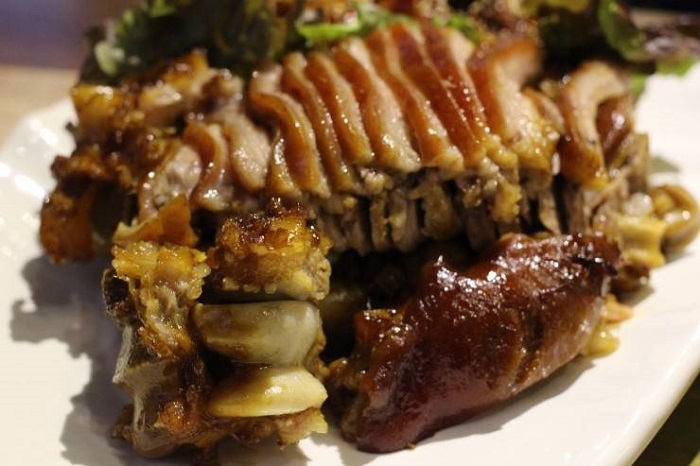
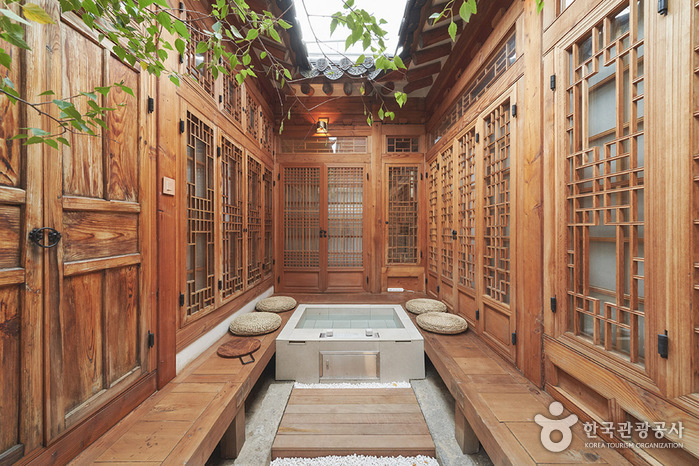
![Antiguo Consulado de Bélgica (Museo de Arte Nam Seoul [SeMA]) (서울 구 벨기에영사관(현, 서울시립미술관 남서울생활미술관))](http://tong.visitkorea.or.kr/cms/resource/43/3020543_image2_1.jpeg)

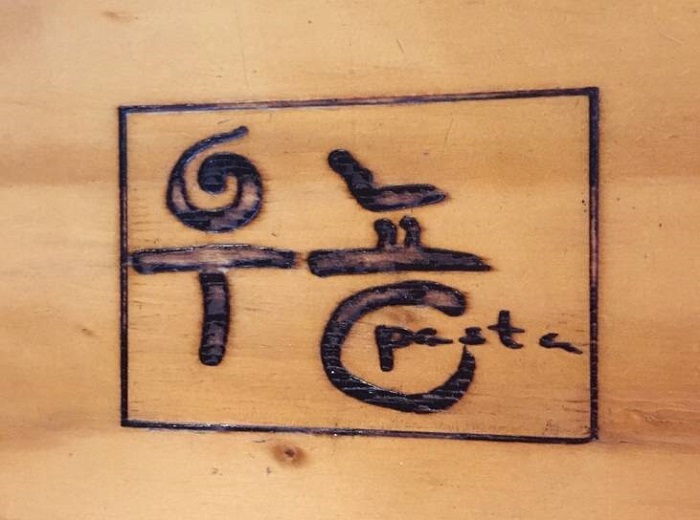
![Nuwa [Korea Quality] / 누와 [한국관광 품질인증/Korea Quality]](http://tong.visitkorea.or.kr/cms/resource/07/2707607_image2_1.jpg)
![NUHADANG [Korea Quality] / 누하당 [한국관광 품질인증]](http://tong.visitkorea.or.kr/cms/resource/58/2532358_image2_1.jpg)
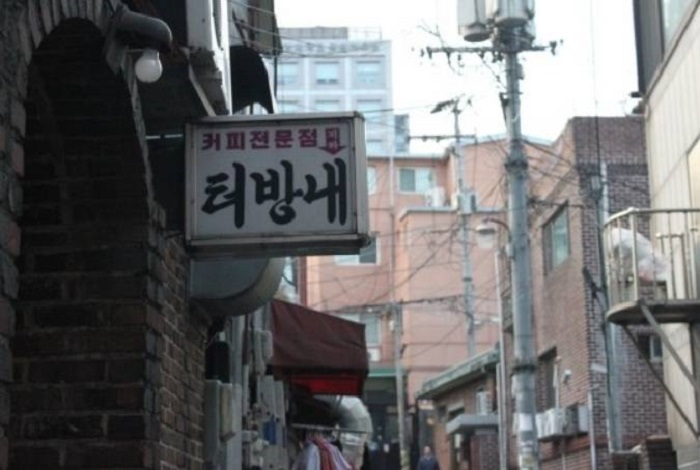
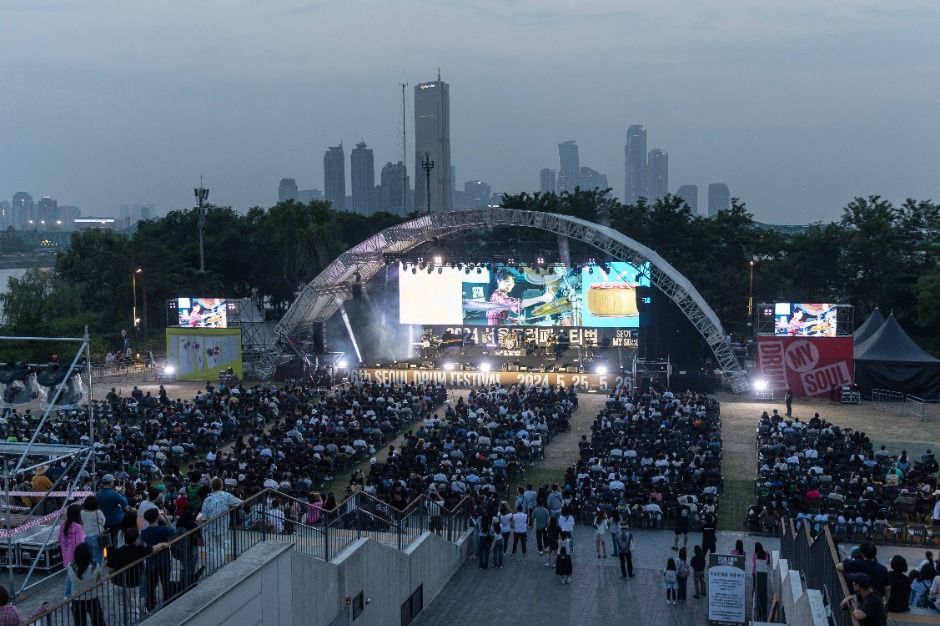
 Español
Español
 한국어
한국어 English
English 日本語
日本語 中文(简体)
中文(简体) Deutsch
Deutsch Français
Français Русский
Русский